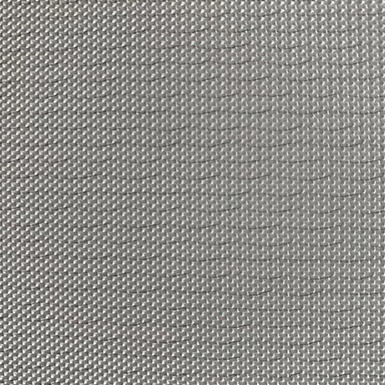Conveyor belt fabrics, the unsung heroes of industrial operations, play a crucial role in powering efficiency and reliability in various industries worldwide. These specialized fabrics are the backbone of conveyor belts, enabling the smooth and continuous movement of materials, goods, and products across manufacturing facilities, warehouses, and distribution centers. As industrial processes become increasingly complex and demanding, the importance of high-quality conveyor belt fabrics cannot be underestimated.
Conveyor belt fabrics are engineered to withstand rigorous conditions and heavy loads while maintaining consistent performance. These fabrics are typically made from a combination of synthetic materials such as polyester, nylon, aramid, or steel cords, depending on the specific application and requirements. The choice of fabric depends on factors like the type of material being transported, operating environment, desired strength, and durability.
One of the primary benefits of conveyor belt fabrics is their ability to enhance operational efficiency. By providing a smooth surface for materials to travel on, conveyor belts minimize friction, reducing energy consumption and increasing throughput. Conveyor systems equipped with reliable and durable fabrics enable continuous movement, reducing downtime and maximizing productivity. This efficiency boost is particularly significant in industries such as manufacturing, mining, logistics, and agriculture, where a streamlined material handling process is vital for meeting production targets and customer demands.
Moreover, conveyor belt fabrics contribute to workplace safety by ensuring the secure and controlled movement of materials. The robust construction and high-tensile strength of these fabrics enable them to handle heavy loads and resist tearing or stretching under pressure. This reliability minimizes the risk of belt slippage or sudden failures, preventing accidents, injuries, and costly disruptions in industrial operations. Conveyor belt fabrics are also designed to meet safety standards, including fire resistance and anti-static properties, adding an extra layer of protection in hazardous environments.
The versatility of conveyor belt fabrics is another key advantage. Manufacturers offer a wide range of fabric options tailored to specific applications and industries. For instance, industries dealing with abrasive materials may require conveyor belts with reinforced fabric or steel cord construction to withstand the abrasive wear and tear. On the other hand, industries operating in corrosive environments may opt for fabrics with chemical-resistant coatings to prolong the lifespan of the belts. This customization ensures that conveyor belt fabrics can meet the unique challenges faced by different industries, further enhancing their efficiency and longevity.
As industries increasingly focus on sustainability and environmental responsibility, conveyor belt fabrics have evolved to align with these goals. Manufacturers are developing eco-friendly fabrics made from recycled materials and incorporating sustainable practices into their production processes. By choosing conveyor belt fabrics that prioritize sustainability, industries can reduce their environmental footprint and contribute to a greener future.
In conclusion, conveyor belt fabrics are the unsung heroes driving efficiency and reliability in industrial operations. These specialized fabrics provide the foundation for conveyor belts, facilitating the seamless movement of materials and products. With their ability to enhance operational efficiency, ensure workplace safety, and accommodate diverse industry needs, conveyor belt fabrics have become indispensable components of modern industrial processes. As technology advances and sustainability takes center stage, conveyor belt fabrics will continue to evolve, meeting the ever-changing demands of industries worldwide.


.png)
 English
English 中文简体
中文简体















